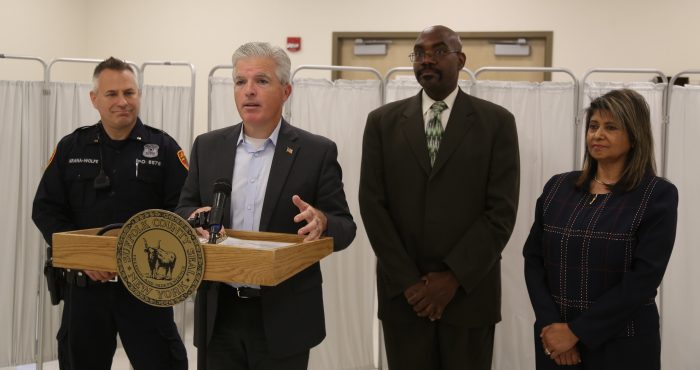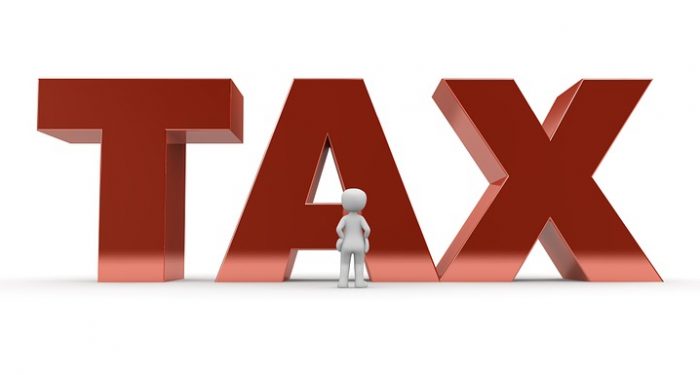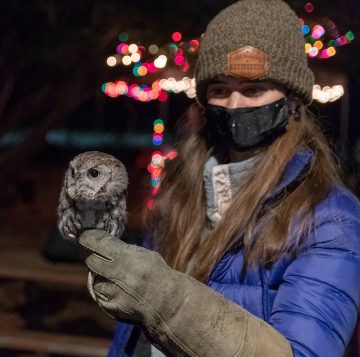By Susan Wilson
Carbon emissions affect the planet significantly, causing global warming and ultimately climate change. This warming causes extreme weather events like tropical storms, wildfires, severe droughts, melting of the polar ice caps, heat waves, rising sea levels and the disturbance of animals’ natural habitat.
Greenhouse gases, including the carbon-containing gases carbon dioxide and methane, are emitted through the burning of fossil fuels, land clearance and the production and consumption of food, manufactured goods, materials, wood, roads, buildings, transportation and other services.
We all want a healthier planet, a place that will continue on for generations to come. You may wonder how you can make a difference in view of the enormity of the problem. The amount of CO2 released into the atmosphere because of our own individual energy needs is called our “carbon footprint.” It is our personal impact on the environment.
Did you know that the U.N. has found that 2/3 of all greenhouse gases originate from decisions made on the household level? Our decisions can help to rapidly transform our economies and lifestyles off fossil fuels and on to clean and green. Learn how your actions matter in ways to cut emissions, address equity issues and protect and restore ecosystems.
Change can become easier when individuals or small groups of people concentrate on their own personal change and share their ideas and accomplishments with others. Look at the success of the Carbon CREW project developed by Drawdown East End and supported by the League of Women Voters. The Carbon CREW Project brings together small teams of climate-friendly folks to plan, proclaim and live a 50% carbon reduction lifestyle! CREW represents both the team approach and is the acronym for Carbon Reduction for Earth Wellbeing.
Using 2040: A Handbook for the Regeneration by Damon Gameau, based on Project Drawdown https://drawdown.org/, guides lead participants in creating Personal Carbon Action Plans and in replicating the CREW strategy for exponential growth, peer to peer accountability and overall 50% carbon reduction by 2030. When the CREW sessions are over, groups stay in touch to confirm progress and provide ongoing support.
Despite our best intentions and our most persuasive approaches a person will not change just because we say they should. The only thing we can change is how we connect and relate to other people. This doesn’t mean that we shouldn’t offer help, guidance, or opinion when asked to. So, if you are finding changing other people difficult, shift your focus to changing you. You can do your part to reverse global warming.
Start by finding out your personal impact on the environment by checking your Carbon Footprint on this website: https://www3.epa.gov/carbon-footprint-calculator/. The calculator estimates your footprint in three areas: home energy, transportation and waste. Everyone’s carbon footprint is different depending on their location, habits, and personal choices.
Develop a Personal Carbon Action Plan which acknowledges all the good earth saving things you already do. Decide what changes you can make now. Set long term goals such as the purchase of a Hybrid or electric vehicle or solar panels.
 Here are some things you can do immediately to lower your carbon footprint and change your impact on the environment.
Here are some things you can do immediately to lower your carbon footprint and change your impact on the environment.
1. Use cold water for laundry, make your own fabric softener, purchase detergent sheets instead of products in bulky non-recyclable containers, air dry clothes whenever possible
2. Stop buying single use plastic products.
3. Always use a re-usable bag when shopping.
4. Schedule your thermostat.
5. Become aware of how often you use your car — combine trips.
6. Learn to compost or join a community composting group.
7. Join a Carbon CREW in your area.
8. Support and become active in environmental groups in your area.
9. Turn each new positive change into automatic good habits and share your success with everyone you know.
Susan Wilson is president of the League of Women Voters of the Hamptons, Shelter Island and the North Fork and representative to the board of the League of Women Voters of Suffolk County, a nonprofit nonpartisan organization that encourages the informed and active participation of citizens in government and influences public policy through education and advocacy. Visit www.lwv-suffolkcounty.org or call 631-862-6860.






 Here are some things you can do immediately to lower your carbon footprint and change your impact on the environment.
Here are some things you can do immediately to lower your carbon footprint and change your impact on the environment.



























